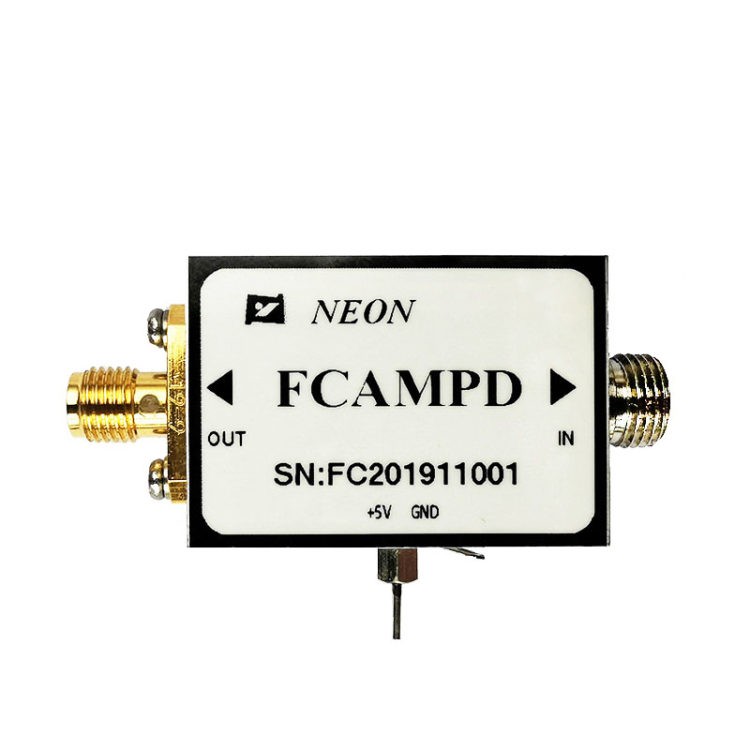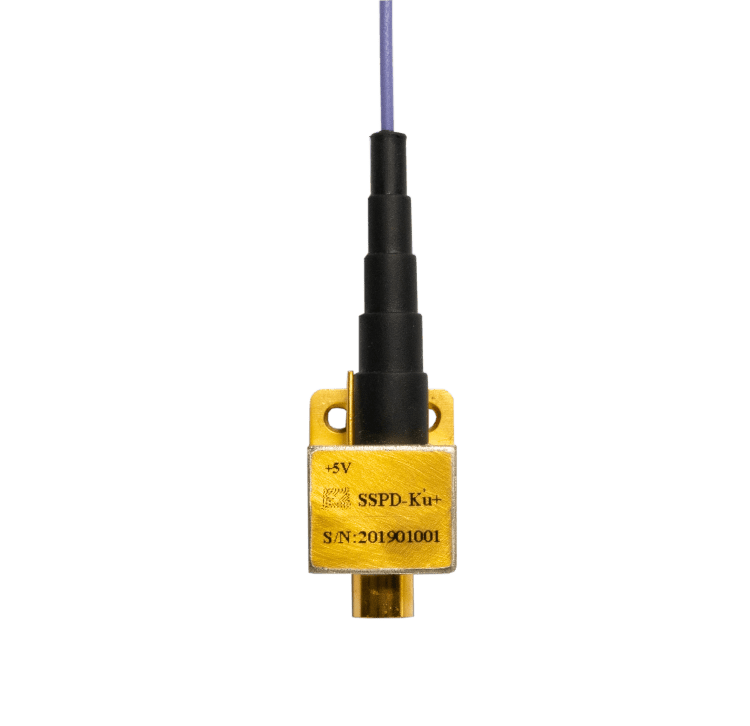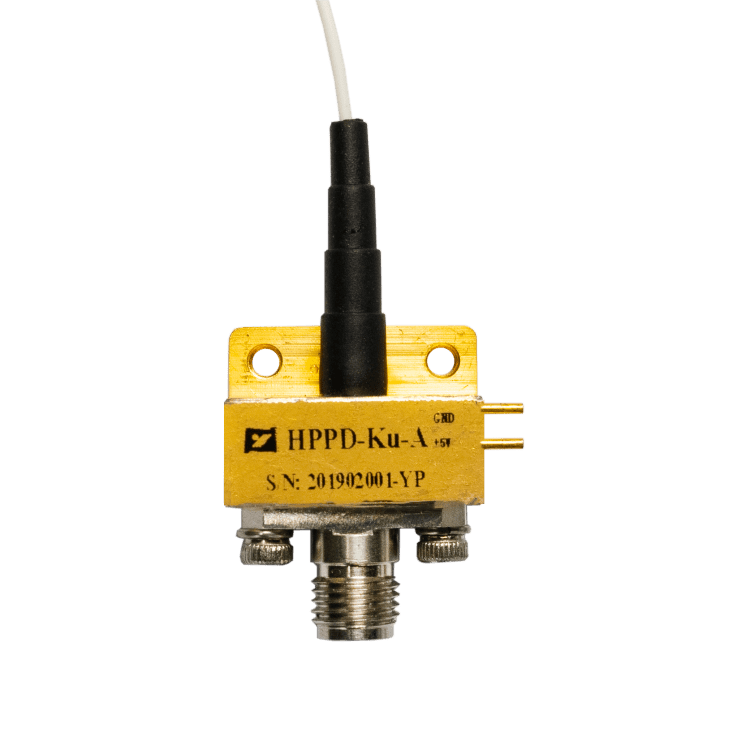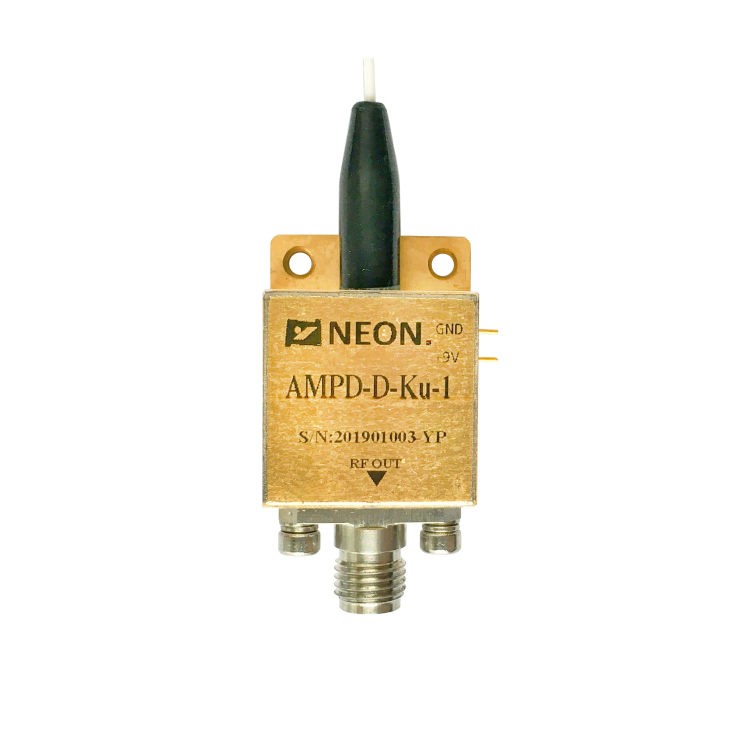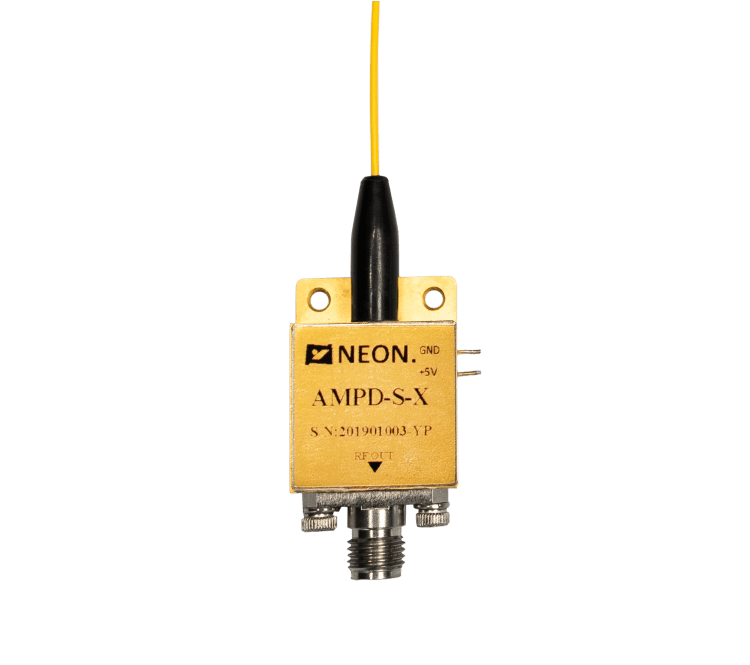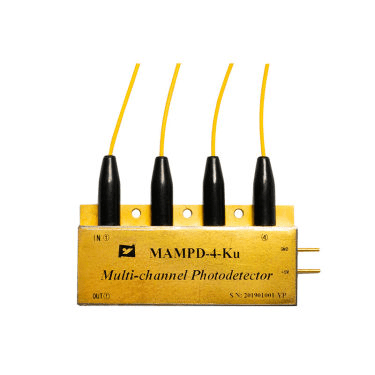What Is the Difference Between A Phototransistor And A Photodiode?
Photodiodes and phototransistors are often confused with each other because of their similar operation. Both are semiconductor-based components that sense light intensity and convert it into an electrical signal, but they differ. What is the difference between a photodiode and a phototransistor?
Before diving into the differences between photodiodes and phototransistors, we need to understand their basics of them.
What is a phototransistor?
A phototransistor is a photosensitive transistor used to amplify the photocurrent generated by converting light energy.
Depending on the design, it is a two-terminal or three-terminal device. It can be a BJT (Bipolar Junction Transistor) or a FET (Field Effect Transistor) made of three layers.
It has three regions, emitter, collector, and base area. The collector region has a larger area compared to a normal BJT. The base area is exposed to light. Light enters the base region through a lens that focuses the light, generating a photocurrent due to the generation of electron-hole pairs.
The output or collector current depends on the base current, whose magnitude depends on the light intensity. So the collector current is directly proportional to the intensity of the light hitting the transistor.
It has two PN junctions similar to BJT transistors.
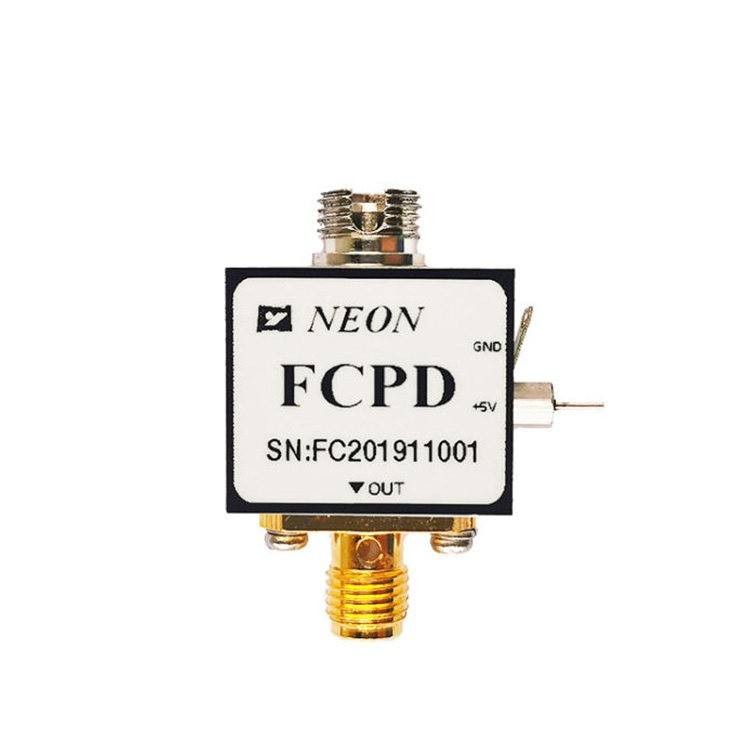
Characteristics of phototransistors
1. It is a phototransistor that amplifies the current generated by light energy. It converts light energy into electrical energy and amplifies the electrical energy.
2. It has two or three terminals, depending on its design.
3. It has a structure similar to that of a transistor, except that it has a photosensitive base area. It is only connected in forward bias.
4. It has a current gain that amplifies the current generated by light. It has very high sensitivity due to the amplification factor, and it requires power to operate.
5. Mainly used to detect or sense light intensity.
What is a Photodiode?
A photodiode is a photosensitive diode that converts light energy into electricity. It is made of silicon or germanium. It is a single PN junction device that works on the principle of the photoelectric effect.
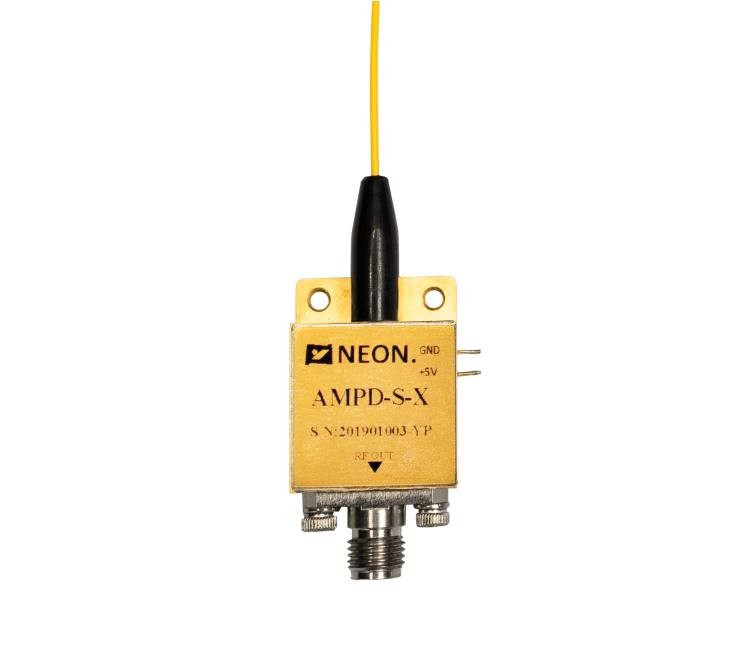
What are the characteristics of a photodiode?
1. It is a photosensitive PN junction diode. It converts light energy into electricity.
2. It has two terminals, an anode, and a cathode.
3. It has a structure similar to ordinary PN junction diodes. It can be used for forward and reverse bias.
4. It generates voltage and current.
5. It is mainly used in solar cells, which use solar energy to power electrical equipment.
Key Differences Between Photodiode and Phototransistor
1. The photodiode is a semiconductor device that converts light energy into an electrical current.
Whereas, the phototransistor uses the transistor for the conversion of light energy into an electrical current.
2. The photodiode is less sensitive as compared to the phototransistor because the phototransistor produces a large output current.
3. The photodiode works in both the forward as well as reversed biased whereas the phototransistor works in forward bias.
4. The photodiode is used in solar power plants, in light meters, etc. whereas the phototransistor is used for detecting light.
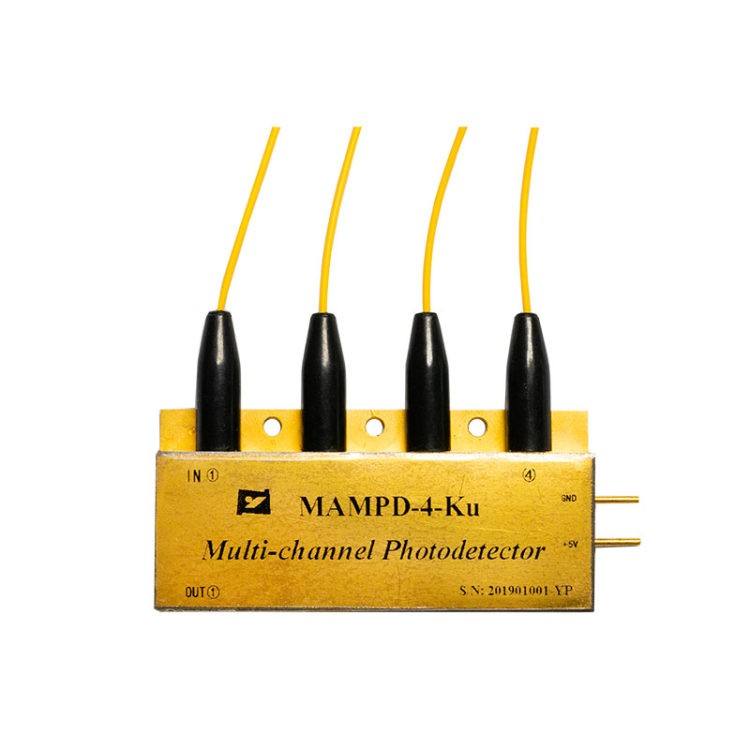
NEON is a provider of highly engineered off-the-shelf or bespoke commercial and military modules made for the cutting-edge defense systems and high-speed optical communication network infrastructures of today. To successfully implement the features of ultra-wideband, high dynamic range, RF system integration, etc., NEON pioneered RF photonics, microwave photonics, and optical delay line technology. You can select and buy a high-speed photodetector from NEON.


